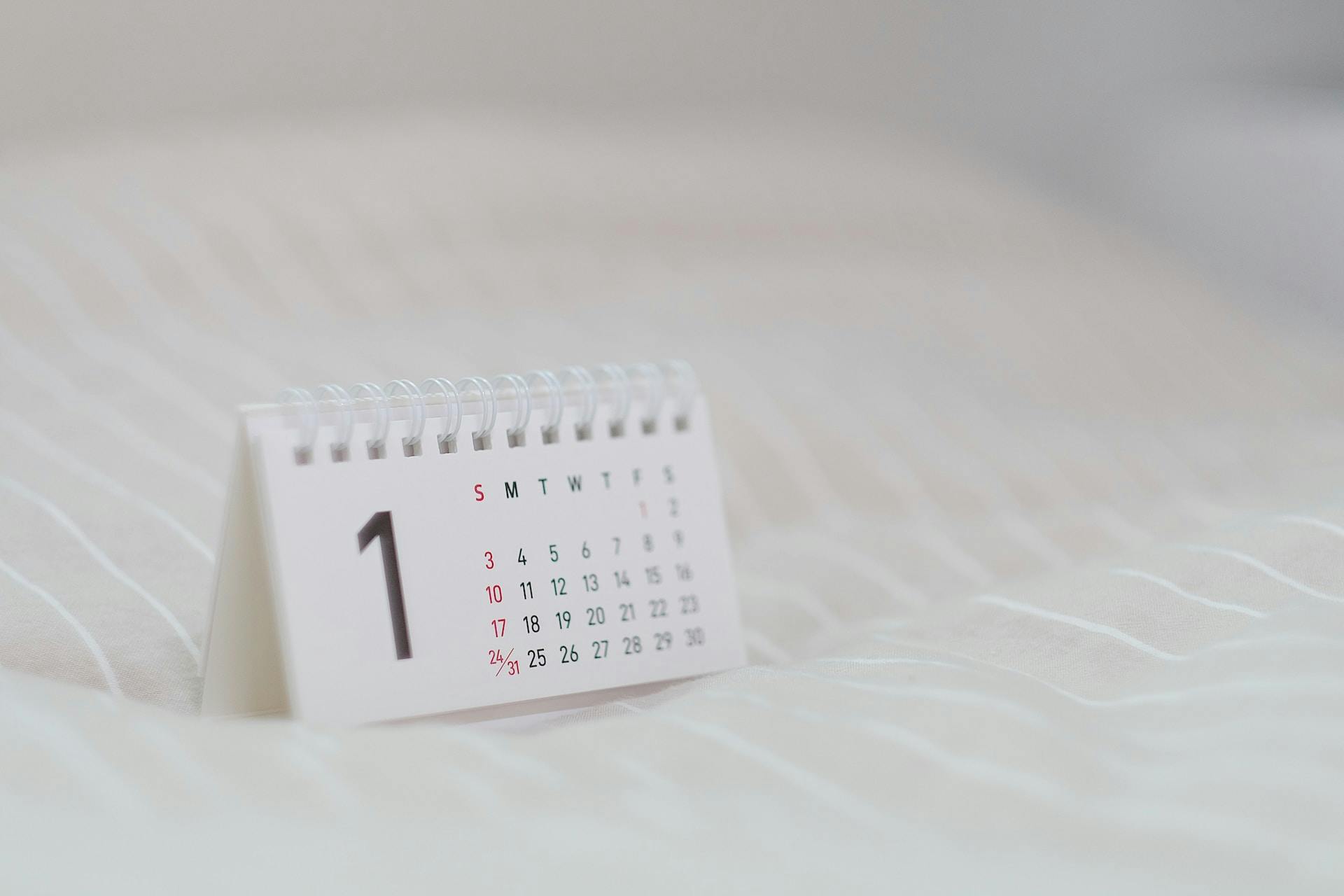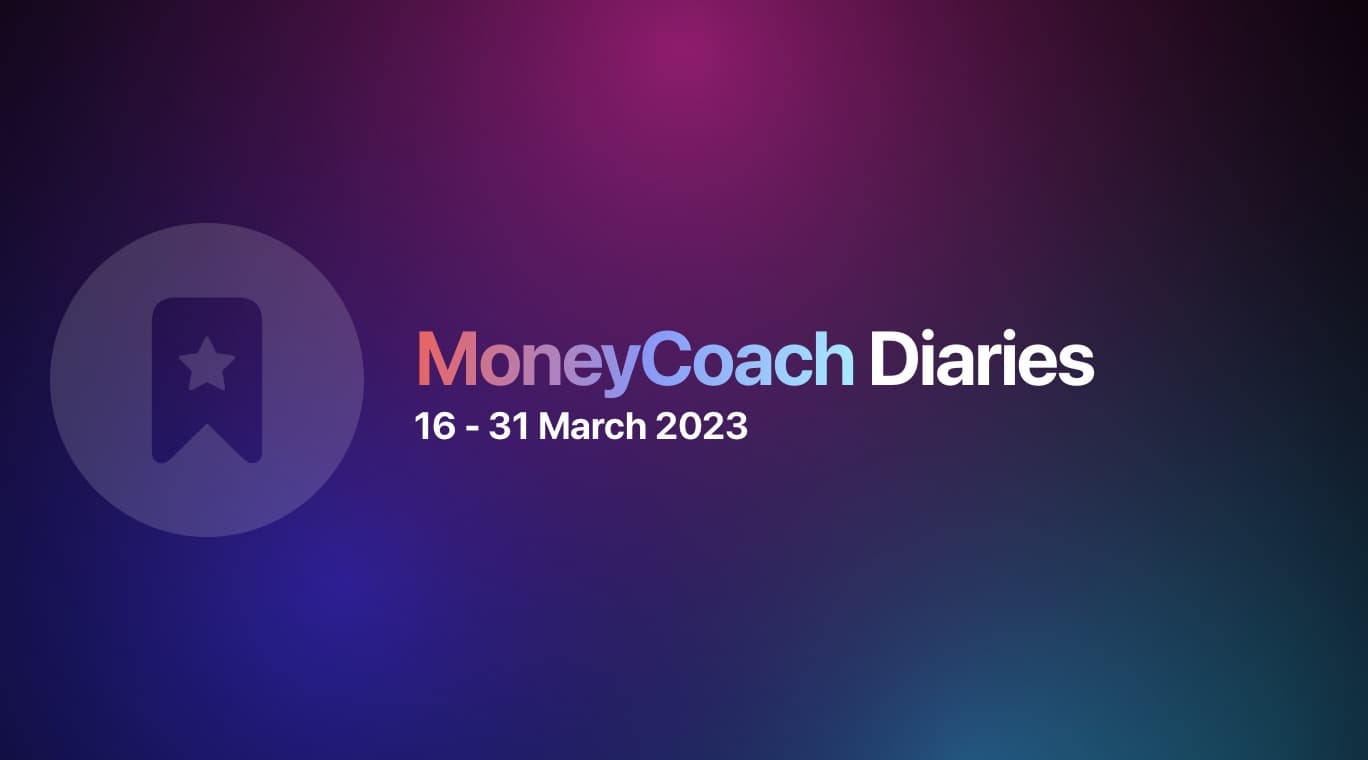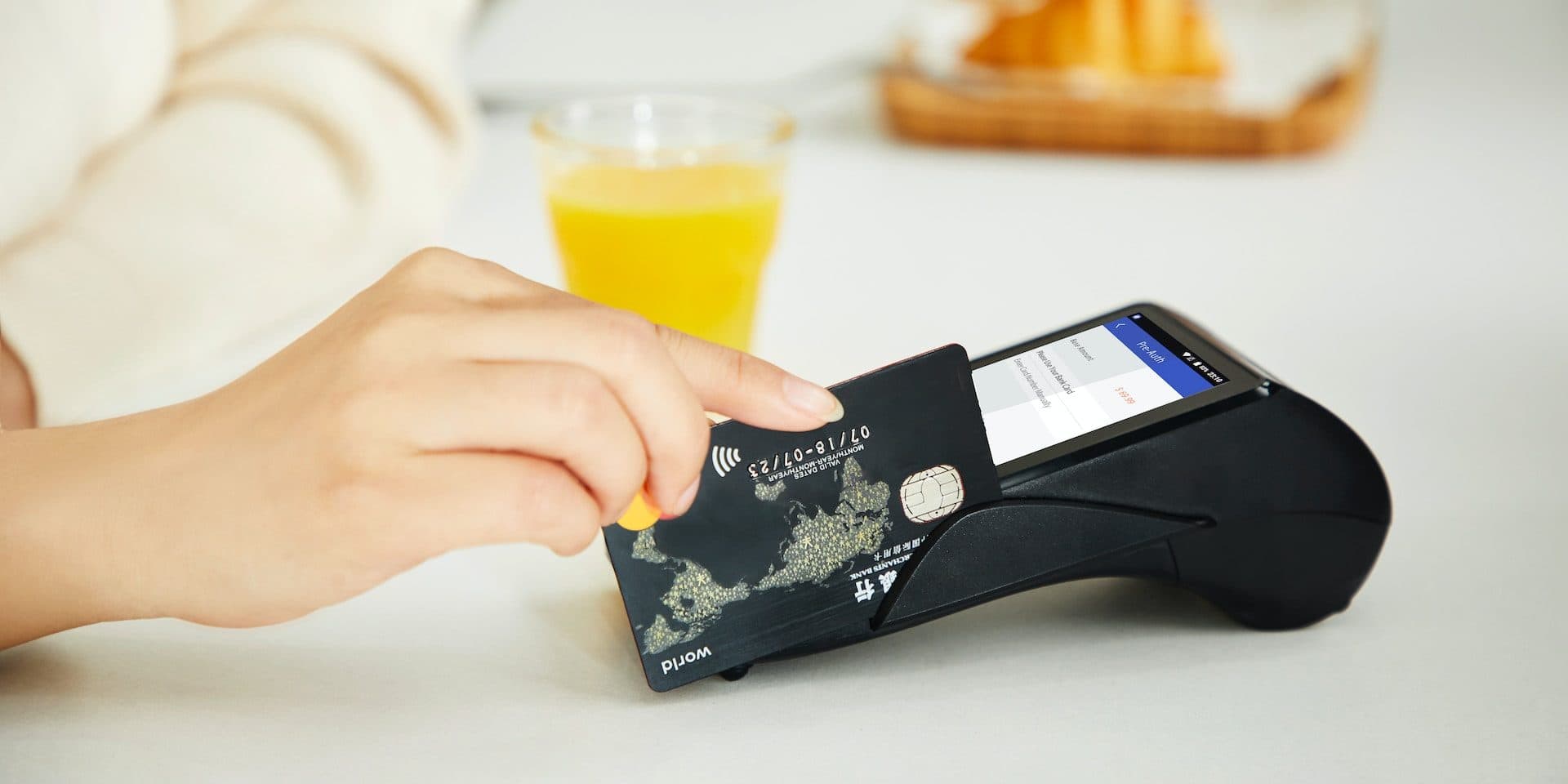
Credit cards are a convenient way to make purchases and manage your finances, but it's important to understand the billing cycle to avoid fees and interest charges. In this article, we'll discuss the ins and outs of the credit card billing cycle, including what it is, how it works, and what you need to keep in mind to stay on top of your payments.
What is a Credit Card Billing Cycle?
A credit card billing cycle is the period of time between two consecutive billing statements. During this time, you can use your credit card to make purchases, and the issuer will keep track of your transactions. At the end of the billing cycle, the issuer will send you a billing statement that summarizes your purchases, payments, and any fees or interest charges.
The length of the billing cycle can vary depending on the issuer, but it typically lasts between 28 and 31 days. You can find the length of your billing cycle on your credit card statement or by contacting your issuer.
How Does the Billing Cycle Work?
The billing cycle starts on the day that your account is opened or the day that the previous billing cycle ended. During the billing cycle, you can use your credit card to make purchases, and the issuer will keep track of your transactions. If you have a balance on your credit card from the previous billing cycle, interest will be charged on that balance during the current billing cycle.
At the end of the billing cycle, the issuer will send you a billing statement that summarizes your purchases, payments, and any fees or interest charges. You will have a grace period of at least 21 days from the date of the statement to pay your balance in full without incurring interest charges.
If you don't pay your balance in full by the due date, interest will be charged on the remaining balance. The interest rate on credit cards can be high, so it's important to pay off your balance in full to avoid paying extra fees.
What to Keep in Mind
To avoid fees and interest charges, it's important to keep track of your billing cycle and pay your balance in full by the due date. Here are a few things to keep in mind:
1. Know your billing cycle
Check your credit card statement or contact your issuer to find out the length of your billing cycle.
2. Make payments on time
Set up automatic payments or reminders to ensure that you don't miss a payment and incur fees or interest charges.
3. Pay your balance in full
To avoid interest charges, pay off your balance in full by the due date.
4. Watch out for fees
Check your statement for any fees, such as annual fees, late fees, or over-limit fees, and avoid them if possible.
5. Monitor your credit score
Your credit score can be affected by your credit card usage, so keep an eye on your credit report to make sure everything is accurate.
MoneyCoach now supports manual credit card tracking. Set up your credit cards and activate the payment due reminders to avoid paying credit card interests.




